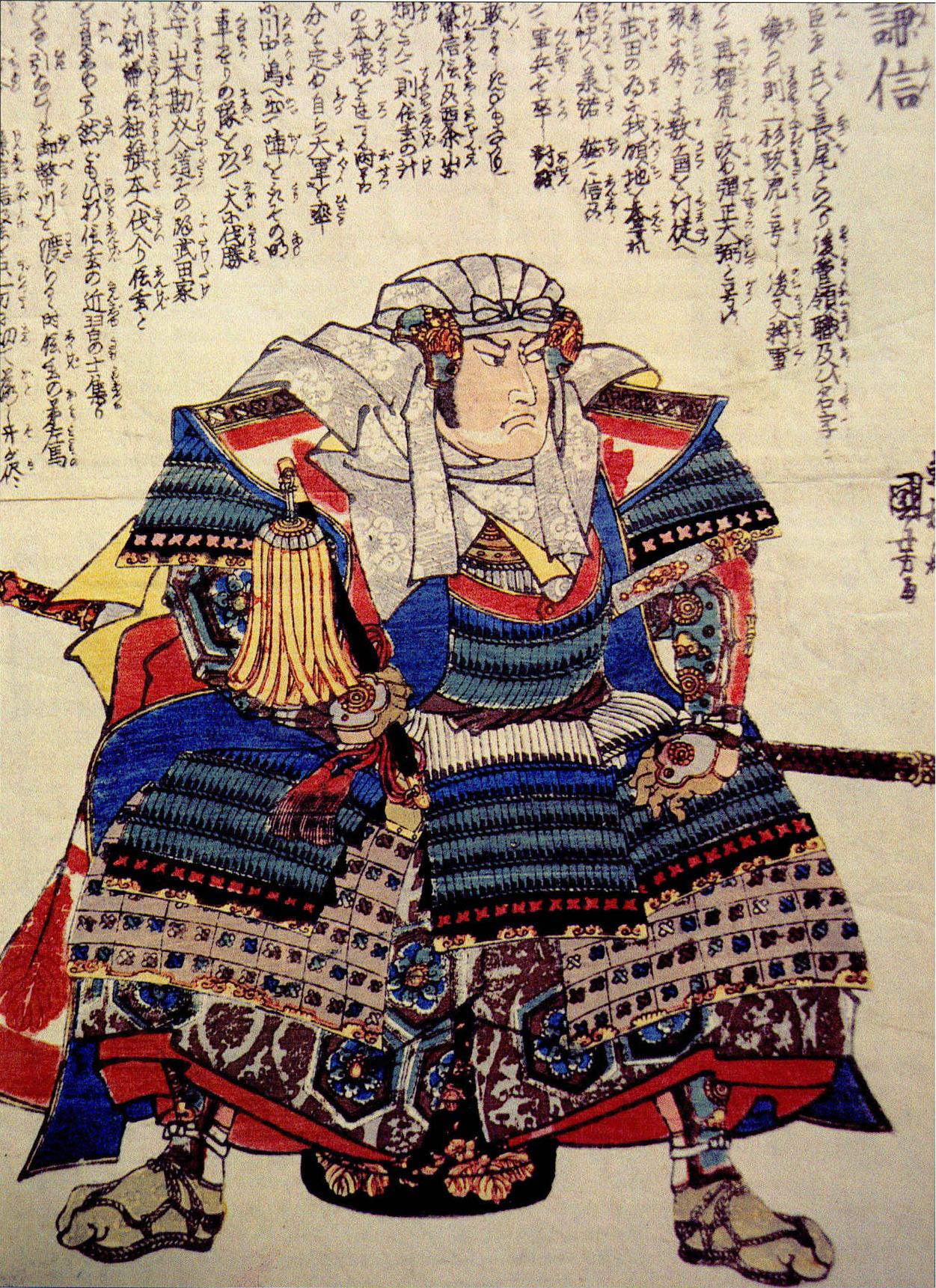Musha-e

Musha-e
Musha-e (武者絵), a genre of ukiyo-e, translates to "warrior pictures" in Japanese. This art form, developed in the late 18th century, depicts the vibrant and often dramatic imagery of warriors and samurai from Japanese history and mythology. Ukiyo-e, known as "pictures of the floating world," is a woodblock printing technique famous in Japanese art.
The inception of musha-e as illustrations for classical Japanese literature saw prominent artists like Masanobu Okumura shaping its early form. As ukiyo-e flourished in the 19th century, musha-e gained popularity with Kuniyoshi, a celebrated printmaker, producing notable series like the 108 Heroes of the Suikoden. These prints often blended fact with fiction, truth with fable, presenting fantastical renditions of renowned characters from Japanese culture.
Musha-e saw transformations over time, particularly during the Meiji period when Westernization influenced Japanese society. This period witnessed a shift from legendary warriors to real soldiers and generals in artwork, leading to the emergence of a new style, senso-e, or "images of war."
The artistic journey of musha-e reflects the historical and cultural evolution of Japan. For art collectors and enthusiasts, these prints not only represent the artistic skill of ukiyo-e but also offer a window into the warrior ethos of Japan, depicting themes of revenge, honor, and camaraderie.
Musha-e is a testament to the enduring allure of Japan's martial legacy, a captivating narrative expressed through the finesse of woodblock printing. This genre, with its vibrant colors and dynamic compositions, continues to inspire and fascinate audiences, bridging the past with the present in the realm of Japanese art.
If you are fascinated by the rich tapestry of Japanese warrior culture as depicted in musha-e, consider signing up for updates. Stay informed about the latest collections, exhibitions, and sales of these historical artworks that encapsulate the spirit of Japan's legendary warriors.
| Country: | Asia, Japan |
|---|---|
| Start of the period: | XVIII century |
| End of the period: | XIX century |